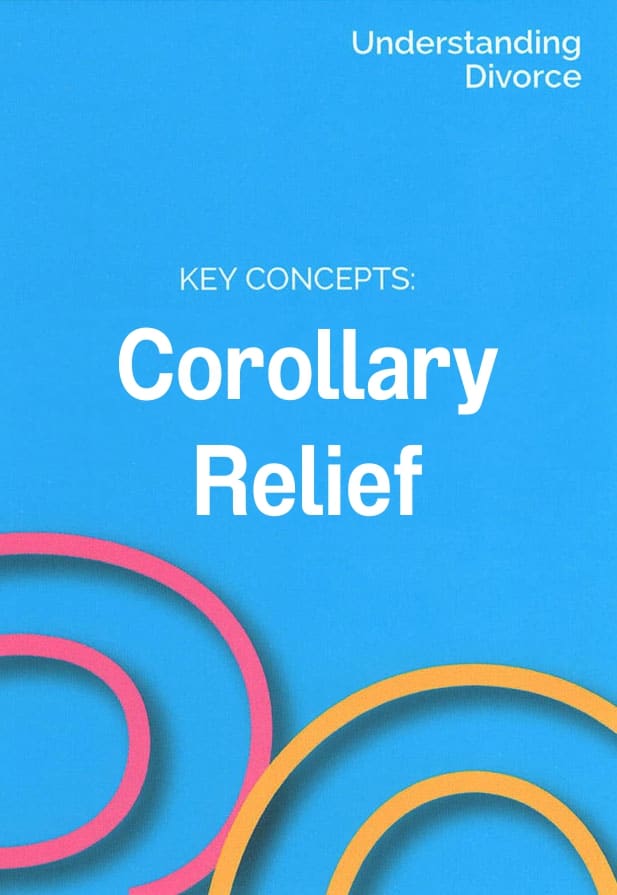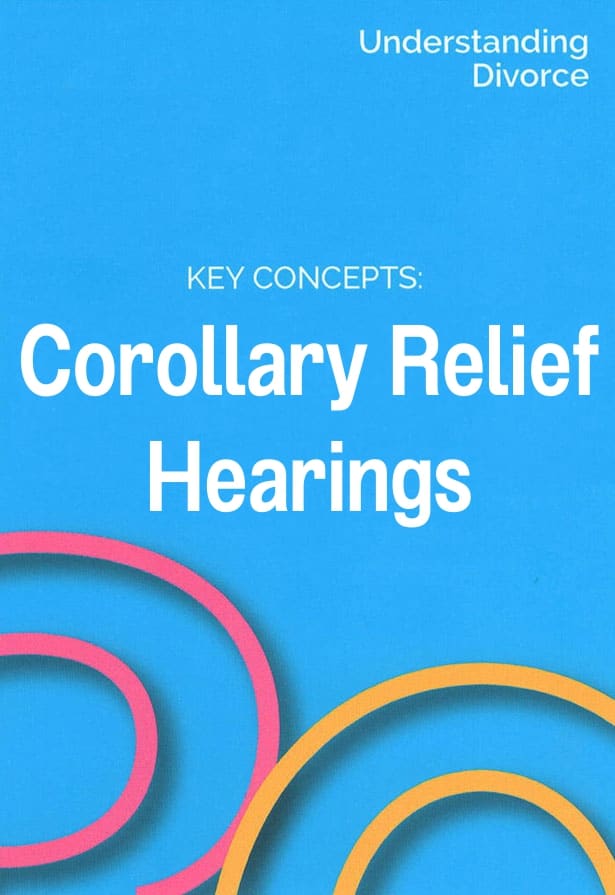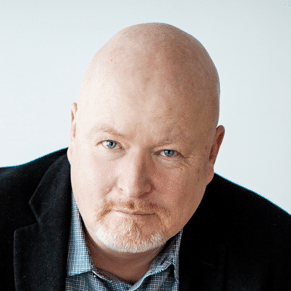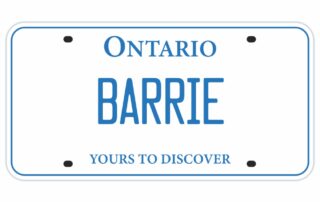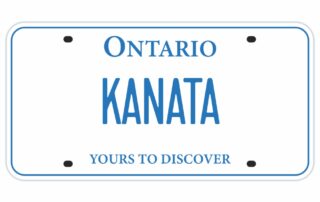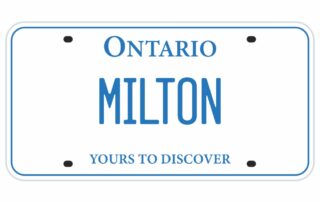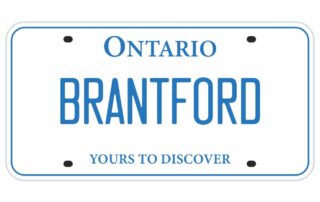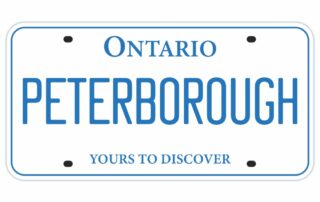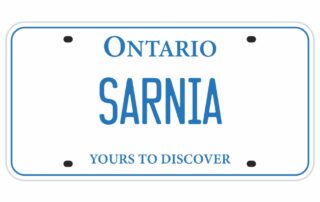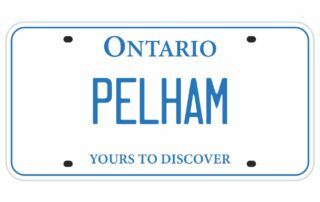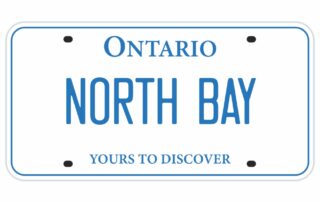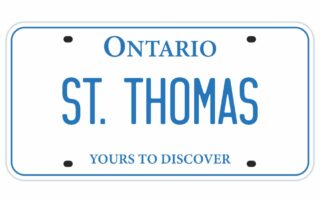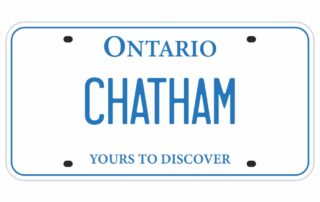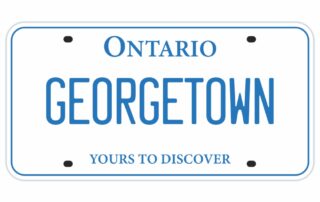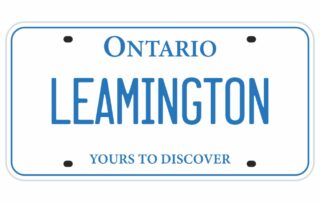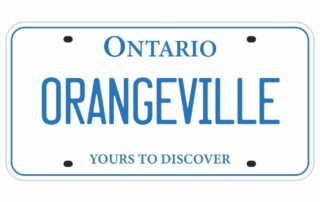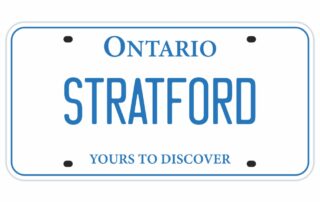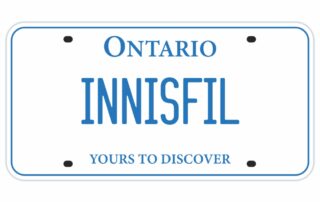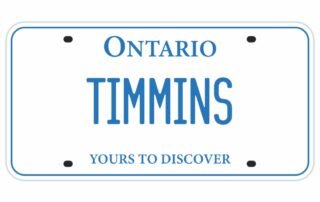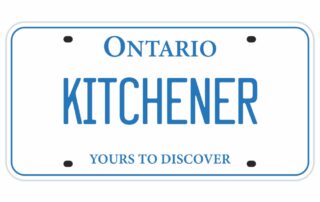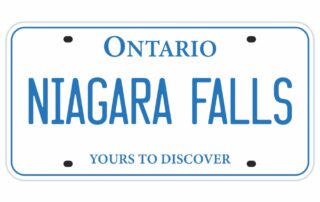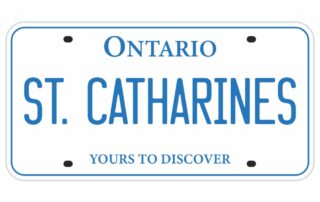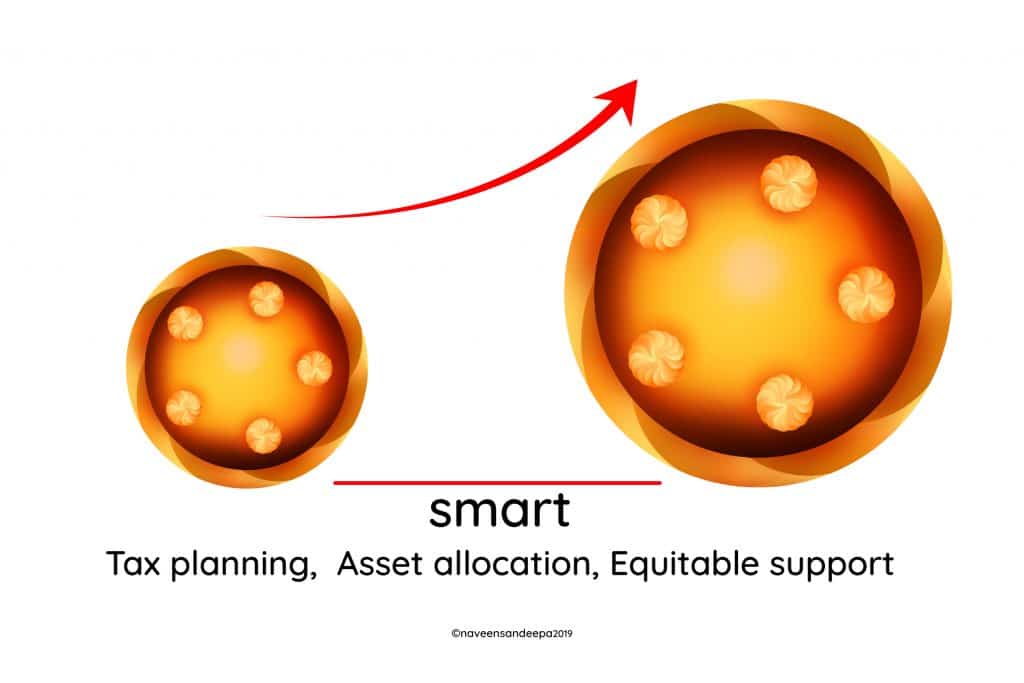Understanding Corollary Relief in Ontario Family Law: Embracing Mediation at Any Stage
Corollary Relief
Navigating the labyrinth of divorce proceedings can be a daunting task. In Ontario, Family Law brings myriad complex terms and ideas that often seem overwhelming. One such term that often arises in divorce is “Corollary Relief.” In this blog post, we’ll demystify Corollary Relief and its implications in Ontario Family Law, equipping you with the knowledge you need to understand the divorce process better.
What is Corollary Relief?
Corollary Relief refers to the court’s orders that deal with matters other than the divorce itself. These matters include child custody, spousal or child support, and the division of matrimonial property. Though these issues are often discussed during the divorce proceedings, they can also be dealt with after the divorce has been granted.
Why is Corollary Relief Important?
The importance of Corollary Relief lies in its direct impact on the lives of those involved in a divorce. For example, the division of matrimonial property can significantly affect each party’s financial health post-divorce. Similarly, decisions about child custody and support can influence the well-being of the children involved. So it is vital to understand the potential implications of Corollary Relief in your divorce proceedings.
How is Corollary Relief Determined?
A set of hard and fast rules does not govern the determination of Corollary Relief. Instead, the courts consider a combination of factors, including the financial situation of each party, the needs of the children, and each party’s role during the marriage, among others. Precedent case law also plays a significant role in shaping these decisions. The judge uses their discretion, guided by these factors, to arrive at a fair conclusion.
A Word of Caution
While your lawyer may provide you with an estimate of the likely outcomes of the Corollary Relief, it is crucial to remember that these are only estimations. Given the subjective nature of these decisions, no lawyer can guarantee a specific outcome. So, if your lawyer makes any promises, it would be prudent to get them in writing.
Seeking Assistance
Given the intricate nature of creating a legal separation agreement, the relief that comes from seeking assistance from a mediator and a Certified Divorce Financial Analyst (CDFA) is highly beneficial.
A mediator can provide valuable guidance on legal requirements, negotiation strategies, and potential issues that may arise during the separation process. Mediation offers an empowering collaborative approach to resolving disputes, ensuring both parties can communicate openly and reach a mutually agreeable solution.
A Certified Divorce Financial Analyst (CDFA) brings a unique set of skills to the table. Their specialization in the financial aspects of divorce and separation ensures that the agreement is fair, comprehensive, and in compliance with Ontario family law. By evaluating assets, liabilities, and income sources, they provide a clear picture of the financial situation, which is crucial for equitable property division, spousal support calculations, and long-term financial planning.
Working in tandem, a mediator and a CDFA offer a holistic approach to separation, addressing both legal and financial aspects. Their collaboration is key to creating a tailored separation agreement that meets the specific needs of both parties and ensures the best possible outcome for all involved. They also provide guidance on alternatives to litigation, such as collaborative law, which can facilitate a smoother separation process and avoid costly court proceedings.
When you seek assistance from a mediator and a CDFA, you can be confident that the resulting separation agreement will be comprehensive, fair, and legally sound. This assurance of clarity and protection during a challenging time is invaluable.
Conclusion:
Navigating the complexities of divorce and separation can be a stressful experience. However, it is crucial to remember that it’s never too late to consider alternative avenues for resolution. For example, mediation, a method where a neutral third party helps with a conversation to help parties mutually agree, can be a possible, less adversarial, and cost-effective approach to settling disputes out of court.
Whether you’re in the initial stages of your separation or you’ve already begun court proceedings, you can still engage in mediation at any point. The flexible nature of this process lets parties openly discuss their issues, explore possible solutions, and work towards a fair and agreeable settlement. Choosing mediation minimizes the emotional toll associated with court battles and empowers both parties by giving them a voice and control over the outcome. In addition, it fosters an environment of cooperation and mutual respect, which can be beneficial when children are involved.
Remember that it’s never too late to change course and choose mediation. This approach can provide a more personal, compassionate, and collaborative pathway to resolving separation or divorce matters. Contact a mediator, understand the process, and consider if this could be your correct route. The goal is to end a marriage and secure the best possible future for everyone involved.
At DTSW, we understand the complexities and emotional challenges of corollary relief and divorce proceedings. Navigating the Divorce Act and relief proceedings can be overwhelming, especially when dealing with parenting time, decision-making responsibility, and parenting orders. These are significant matters that former spouses must address to ensure a fair and smooth transition.
Our Soft Landing Divorce Settlement Method is not just another legal service. It’s a comprehensive, compassionate approach designed to alleviate the stress of divorce proceedings. Whether you need a custody order, help with family property division, or assistance with other relief matters, our team of Family Mediators and Accredited Divorce Financial Analysts are ready to provide the support you need, ensuring you feel secure and at ease throughout the process.
Our method emphasizes negotiation and mediation over traditional dispute resolution. We aim to create reasonable arrangements without the adversarial nature of court proceedings. We focus on the best interests of all parties involved, ensuring that your concerns are not just addressed, but also valued, making you feel integral to the resolution and confident to move forward.
Each case is unique, and we understand that. That’s why we develop customized solutions that meet your specific needs. Our personalized approach helps to separate corollary relief matters from the primary divorce judgment, allowing for a more streamlined and amicable resolution.
If you’re facing a relief proceeding or have outstanding matters like parenting orders or spousal support, don’t go through it alone. Our team, with their deep understanding and empathy for your situation, is here to guide you with expertise, ensuring your rights and interests are protected.
Don’t face your divorce alone. Schedule a Get Acquainted Call with our experienced team today and take the first step towards a secure and peaceful future.
Get Acquainted Call
Do you want a Soft Landing?
Have a few questions?
Learn More:
Schedule a 15-Minute Complimentary Call
Key Concept: Corollary Relief Hearings
Corollary Relief Hearings in Ontario
Corollary relief hearings play a crucial role in resolving family law matters in Ontario. These hearings address various issues that arise after a divorce or separation, such as child custody, child support, spousal support, and property division. Understanding the purpose and critical components of corollary relief hearings is essential for anyone navigating the family law system in Ontario.
 Grasping the Purpose of Corollary Relief Hearings in Ontario
Grasping the Purpose of Corollary Relief Hearings in Ontario
Corollary relief hearings are not just a legal process but a crucial part of the journey for individuals navigating divorce or separation. These hearings delve into the details of financial and custody arrangements, aiming to bring clarity and fairness to complex situations. Understanding the purpose of these hearings empowers you to present your case effectively and have your voice heard in a structured and impartial setting.
Regarding financial matters, corollary relief hearings allow for a thorough examination of each party’s income, assets, and expenses. This meticulous review helps the court determine equitable spousal support, child support, and property division. In cases involving children, the focus shifts to creating custody and access arrangements that prioritize the well-being and stability of the children amidst the changes brought about by the divorce or separation.
Critical Components of Corollary Relief Hearings
A corollary relief hearing involves several vital components. Firstly, both parties can present their case and provide supporting evidence. This can include financial documents, witness testimonies, and any other relevant information. Parties must come prepared with all necessary documentation to support their claims and arguments. This evidence plays a crucial role in helping the court understand the full scope of the situation and make informed decisions.
Secondly, the court will consider the factors outlined in the Family Law Act and the Divorce Act to make fair decisions in the parties’ best interests. These factors typically include each party’s financial situation, the needs of any children involved, and the length of the relationship. Judges carefully weigh these factors to ensure the final decisions are equitable and just.
Lastly, the court may recommend alternatives to litigation, such as mediation or negotiation, to resolve disputes amicably. The emotional well-being of all parties is also considered. Family law matters can be highly emotional and stressful, and the court may recommend counselling or therapy to help individuals cope with their challenges. All parties need to prioritize their mental health throughout the legal process to ensure a smoother and more constructive resolution.
Eligibility Criteria for Seeking Corollary Relief in Ontario
To be eligible for corollary relief in Ontario, parties must have already obtained a divorce or legal separation and have a valid claim for child or spousal support. Corollary relief is generally available to married couples, common-law partners, and same-sex couples who have registered their partnership.
When seeking corollary relief in Ontario, it is crucial to understand the different types of support that may be available. Child support is typically provided to ensure the financial well-being of any children involved, considering factors such as the parent’s income and the child’s needs. Spousal support addresses any economic disparities between spouses that may arise from the relationship breakdown.
In Ontario, the court will consider various factors when determining the amount of corollary relief to be awarded. These factors may include the length of the relationship, the financial circumstances of each party, and any existing agreements or court orders. It is essential for individuals seeking corollary relief to provide accurate and detailed financial information to the court to facilitate a fair and informed decision.
Proper preparation is crucial and the key to a successful corollary relief hearing. This includes gathering all necessary documents, such as income statements, tax returns, and financial statements. Presenting accurate and up-to-date financial information instills confidence in your case.
Seeking legal representation and following their advice can significantly enhance your chances of success. On the other hand, don’ts include withholding information, making false claims, or failing to comply with court orders. Such actions can negatively impact the outcome of your case.
Furthermore, it is advisable to arrive at the corollary relief hearing early to familiarize yourself with the courtroom and reduce any feelings of anxiety. Being punctual demonstrates respect for the legal process and can help set a positive tone for the proceedings. Remember to dress appropriately for the hearing, opting for professional attire that conveys seriousness and respect for the court.
Another essential aspect to consider is your behaviour and demeanour during the hearing. It is necessary to remain calm and composed, even if faced with challenging questions or situations. Maintaining a respectful attitude towards the judge, legal representatives, and other parties involved can reflect positively on your character and credibility. Avoid interrupting others while speaking, and wait for your turn to address the court.
The Significance of Legal Representation in Corollary Relief Hearings
Having legal representation is not just a recommendation but a source of reassurance and support during corollary relief hearings. A knowledgeable family lawyer can guide you through the entire process, protect your rights, and present your case effectively to the court. Their experience and advocacy skills can significantly impact the outcome of your case, giving you the confidence that your voice is being heard and your interests are being fought for.
Furthermore, a skilled attorney can help you navigate the complexities of corollary relief hearings, which often involve sensitive issues such as child custody, spousal support, and division of assets. They can provide valuable advice on how to approach negotiations and settlements and represent your best interests in court if a resolution cannot be reached amicably. By having legal representation, you can ensure that your voice is heard and that you have a strong advocate fighting for a fair and just outcome.
Common Issues Addressed in Corollary Relief Hearings
Corollary relief hearings deal with a wide range of issues. Child custody and access arrangements are often at the forefront, with the court aiming to determine what is in the child’s best interests. Child and spousal support are also everyday matters addressed in these hearings, with the court assessing each party’s financial needs and abilities. Property division is another significant aspect, where the court will make a fair determination regarding the division of assets and debts.
In addition to the aforementioned key issues, corollary relief hearings may also delve into matters related to the family home or other real estate properties owned by the separating parties. This can involve deciding whether one party will retain the family home or sell it and divide the proceeds. The court may consider factors such as the children’s living arrangements and the financial implications for both parties.
Furthermore, corollary relief hearings might address issues related to insurance coverage, particularly health and life insurance. The court may need to determine who will maintain insurance coverage for the children and the ex-spouse and how the premiums will be divided between the parties. Ensuring that adequate insurance coverage is in place post-separation is crucial to protecting the well-being and financial stability of all parties involved.
Alternatives to Corollary Relief Hearings in Ontario
In Ontario, parties can consider alternatives to corollary relief hearings. Mediation and negotiation allow couples to work collaboratively with the assistance of a neutral third party to reach agreements on various issues. These alternatives are often more cost-effective and help maintain amicable relationships between parties, which is particularly important when children are involved. However, consulting with a family lawyer is essential to understand which option best suits your specific circumstances.
Another alternative to corollary relief hearings in Ontario is arbitration. In arbitration, a neutral third party, known as an arbitrator, listens to both sides of the dispute and makes a binding decision. This process can be quicker and more flexible than going to court, providing parties a more efficient way to resolve their issues.
Arbitration can also be less formal than a traditional court proceeding, offering a more relaxed setting for parties to present their arguments.
Collaborative law is yet another option for couples seeking alternatives to corollary relief hearings. In collaborative law, each party retains their lawyer but commits to resolving issues outside of court through cooperative negotiations.
This approach focuses on open communication and problem-solving, aiming to reach mutually beneficial agreements without litigation. Collaborative law can empower parties to have more control over the outcome of their case and can often result in faster resolutions compared to traditional court processes.
Recent Changes in Corollary Relief Laws and Regulations
The laws and regulations surrounding corollary relief in Ontario continue to evolve. Recent changes have aimed to promote fairness and gender equality in family law matters. For example, the Divorce Act was amended to reflect the importance of prioritizing the child’s best interests and addressing diverse family structures.
Staying informed about these changes is crucial for anyone involved in a corollary relief hearing.
Moreover, these changes have also emphasized alternative dispute resolution methods, such as mediation and arbitration, in corollary relief cases. This shift towards out-of-court settlements helps reduce the burden on the already overwhelmed court system. It allows for more personalized and tailored solutions for families going through separation or divorce.
Additionally, the recent amendments have introduced new guidelines for determining spousal support payments, considering the length of the marriage, each spouse’s financial situation, and their contributions to the family unit. These changes aim to create a more transparent and predictable framework for calculating spousal support, providing clarity for both parties involved in corollary relief proceedings.
Navigating the Corollary Relief Process: A Step-by-Step Guide
Understanding the corollary relief process can help alleviate some of the stress of these hearings. It is essential first to gather all necessary documents and consult with a family lawyer. They can guide you through each step, including filing the appropriate documents, attending required information sessions, participating in mediation or negotiation, and ultimately presenting your case before a judge. Each case is unique, so working closely with a trusted lawyer ensures you are well-prepared.
Financial disclosure is crucial to consider during the corollary relief process. This involves providing detailed information about your income, expenses, assets, and debts. The accuracy and completeness of this disclosure are paramount, as they form the basis for determining support payments, division of property, and other financial matters. Your lawyer can assist you in compiling this information and ensuring that it is presented accurately to the court.
Additionally, it is essential to maintain open communication with your lawyer throughout the process. They can advise on approaching negotiations, what to expect during hearings, and how to best advocate for your interests. By working collaboratively with your legal counsel, you can navigate the complexities of the corollary relief process with confidence and clarity.
Tips for a Successful Corollary Relief Hearing in Ontario
Preparing for a corollary relief hearing can be overwhelming, but there are vital tips to remember for success. Firstly, be organized and gather all relevant documents well in advance. Presenting a clear and accurate picture of your financial situation can positively impact the judge’s decision-making. It’s essential to include documents such as tax returns, pay stubs, bank statements, and other financial records supporting your case. This level of preparation demonstrates your commitment to transparency and cooperation in the legal process.
Secondly, be respectful and maintain a professional demeanour throughout the process. Remember that the judge is there to assess the facts and make a fair decision impartially. Avoid confrontations or emotional outbursts that may detract from your case. Address the court respectfully, listen attentively, and respond thoughtfully to your questions. Your conduct in the courtroom can influence how your case is perceived and ultimately decided.
Lastly, follow any court orders and comply with any requests made by the judge. This includes meeting deadlines for submitting documents, attending mediation sessions if required, and adhering to any temporary orders issued by the court. Please do so to maintain your credibility and affect the hearing outcome. Demonstrating your willingness to cooperate and abide by the legal process is crucial to ensure a smoother and more efficient resolution.
Conclusion
Corollary relief hearings in Ontario play a critical role in resolving family law matters. Understanding the purpose, key components, and recent changes in corollary relief laws and regulations is essential for anyone going through a divorce or separation. By following best practices, seeking legal representation, and being prepared, individuals can confidently navigate these hearings, aiming for a fair and favourable outcome. Each case is unique, and being well-informed and proactive can significantly impact the final decision reached by the court.
11 Key Takeaways about Corollary Relief Hearings
- Role of Corollary Relief Hearings: These hearings address post-divorce issues such as child custody, support, and property division, ensuring fair resolutions.
- Purpose: They provide a structured platform for parties to present their cases and ensure their voices are heard in an impartial setting.
- Financial Examination: A thorough review of each party’s income, assets, and expenses helps determine equitable support and property division.
- Focus on Children’s Well-Being: Custody and access arrangements prioritize the stability and well-being of children amidst the changes brought by divorce.
- Key Components: Parties present their case with supporting evidence, the court considers factors from the Family Law Act and Divorce Act, and alternatives to litigation like mediation may be recommended.
- Eligibility Criteria: Available to those with a divorce or legal separation, including married couples, common-law partners, and registered same-sex couples with valid claims for support.
- Preparation Tips: Gathering necessary documents, providing accurate financial information, seeking legal representation, and maintaining a respectful demeanor during hearings are crucial.
- Role of Legal Representation: Family lawyers guide through the process, protect rights, and present cases effectively, significantly impacting outcomes.
- Common Issues Addressed: Child custody, spousal support, property division, insurance coverage, and other financial matters.
- Alternatives to Hearings: Mediation, negotiation, arbitration, and collaborative law offer cost-effective, less adversarial resolution methods.
- Recent Changes in Laws: Amendments to the Divorce Act emphasize the best interests of the child, alternative dispute resolution methods, and transparent spousal support calculations.
At DTSW
At Divorce the Smartway, we are a team of seasoned Family Mediators and Accredited Divorce Financial Analysts. We understand the emotional and legal challenges you face during this difficult time. Whether you’re navigating the intricacies of the Divorce Act, dealing with the Superior Court or Ontario Court, or awaiting an order made, our expertise is here to guide you through the process.
Our Soft Landing Divorce Settlement Method is not just compassionate, but also highly efficient, providing you with a clear pathway to resolution. We recognize the complexity of divorce proceedings and the importance of achieving reasonable arrangements that meet the needs of all family members involved. From parenting orders to resolving outstanding issues within federal and provincial child regulations, we ensure that every aspect is handled with care and expertise.
The process of living separate lives and finalizing your divorce judgment can be overwhelming, especially when dealing with provincial legislation and federal court requirements. Our method simplifies these challenges, whether it’s addressing a child’s habitual residence or ensuring compliance with public policy and case law.
We know that every divorce proceeding is unique, and sometimes, it involves navigating two proceedings on different days. Regardless of the complexity, whether it’s a relief proceeding or dealing with related posts to the divorce law, our approach is always centered on your family’s needs, ensuring that reasonable arrangements are made promptly.
At DTSW, we focus on creating a smooth transition, mitigating stress, and minimizing the impact on your children and former spouse. If you are facing a corollary relief hearing or any other divorce-related issue, we are here to help you achieve a fair and equitable resolution.
Ready to learn how our Soft Landing Divorce Settlement Method can provide the support and solutions you need? Scheduling a Get Acquainted Call with us is easy and convenient. Simply contact us through this link, and let’s take the first step towards a brighter, more secure future.
Get Acquainted Call
Do you want a Soft Landing?
Have a few questions?
Learn More:
Schedule a 15-Minute Complimentary Call
Ken Maynard CDFA, Acc.FM
I assist intelligent and successful couples in crafting rapid, custom separation agreements that pave the way for a smooth transition towards a secure future. This efficient process is achieved in about four meetings, effectively sidestepping the excessive conflicts, confusion, and costs commonly linked to legal proceedings. Clients have the flexibility to collaborate with me either via video conference or in-person through a DTSW associate at any of our six Greater Toronto mediation centers, located in Aurora, Barrie, North York, Vaughan, Mississauga, and Scarborough.
Have a few questions - Tap here to Schedule a Get Acquainted Call
- Ken Maynard CDFA, Acc.FMhttps://divorcethesmartway.ca/author/wardman/June 2, 2022
- Ken Maynard CDFA, Acc.FMhttps://divorcethesmartway.ca/author/wardman/May 20, 2022
- Ken Maynard CDFA, Acc.FMhttps://divorcethesmartway.ca/author/wardman/June 1, 2023


